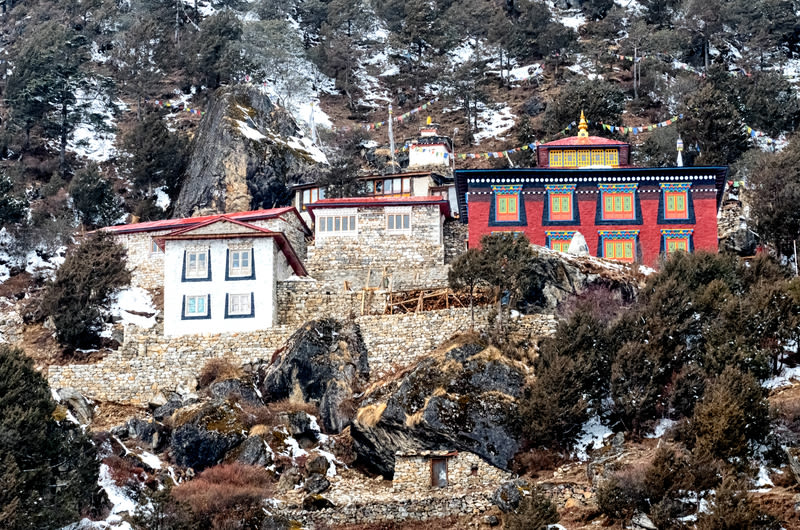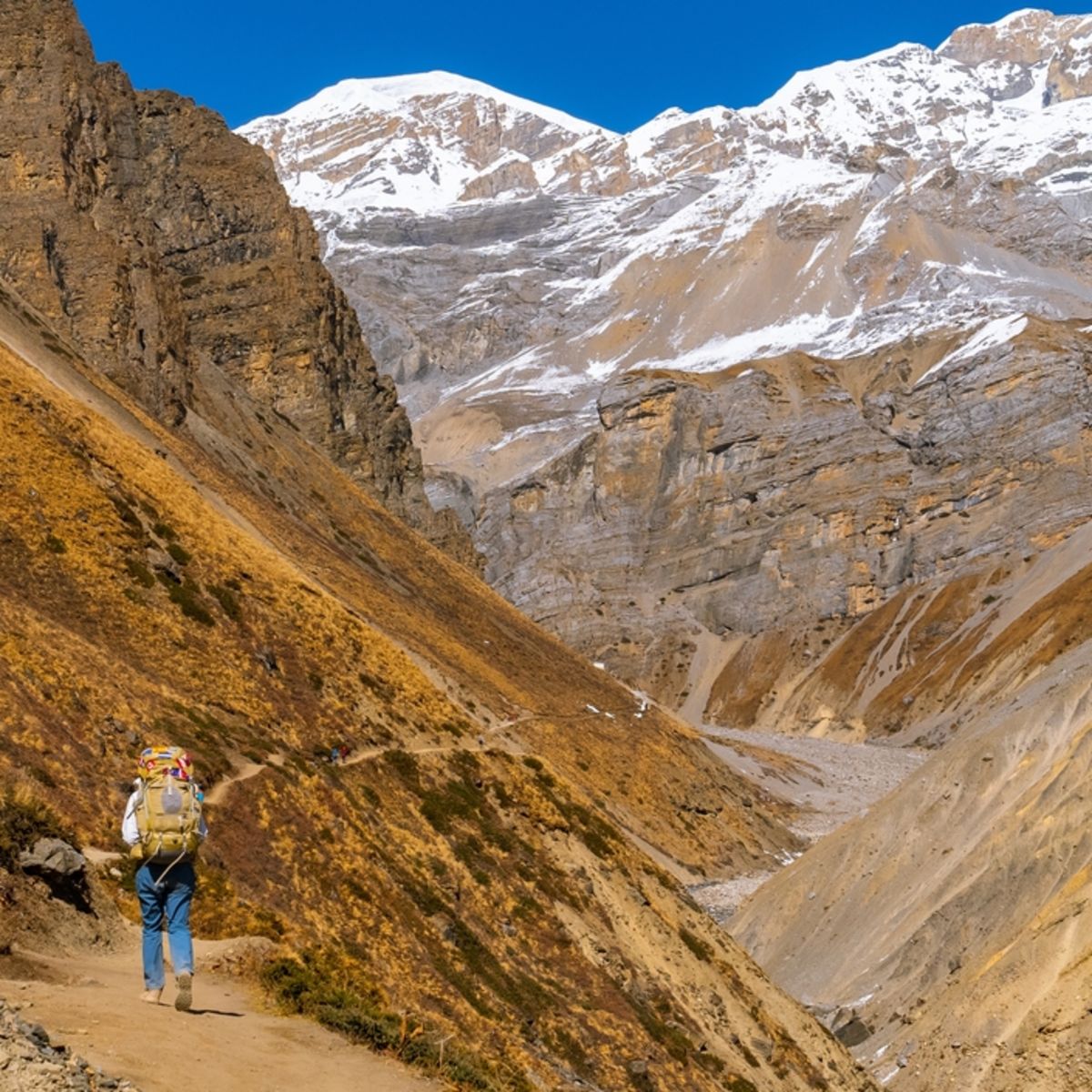
How to acclimatise for a trek in Nepal
Nepal is a paradise for anyone wanting to explore the majestic Himalayas. However, mountain trekking poses the risk of altitude sickness, which can ruin your adventure and even endanger your life. Here's how to acclimatise for a Nepal trek and stay safe.

Proper acclimatisation = little or no altitude sickness!
1. Start low and go slow
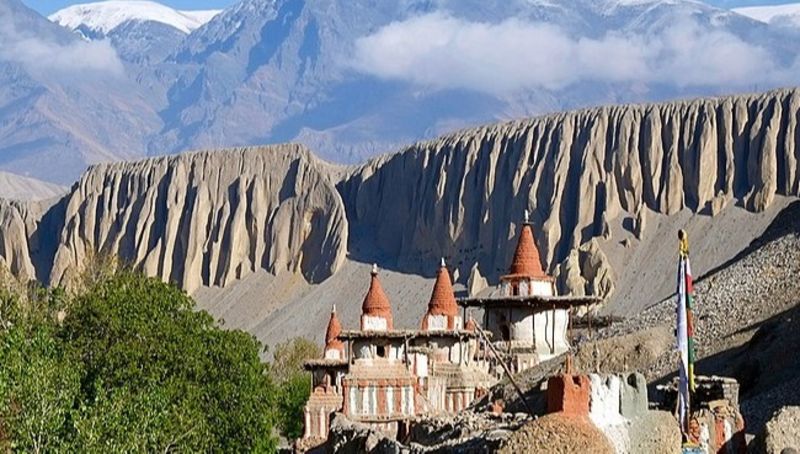
Don't increase your sleeping altitude by more than 300 to 500 metres per day. Take a rest day every 1,000 metres or so.
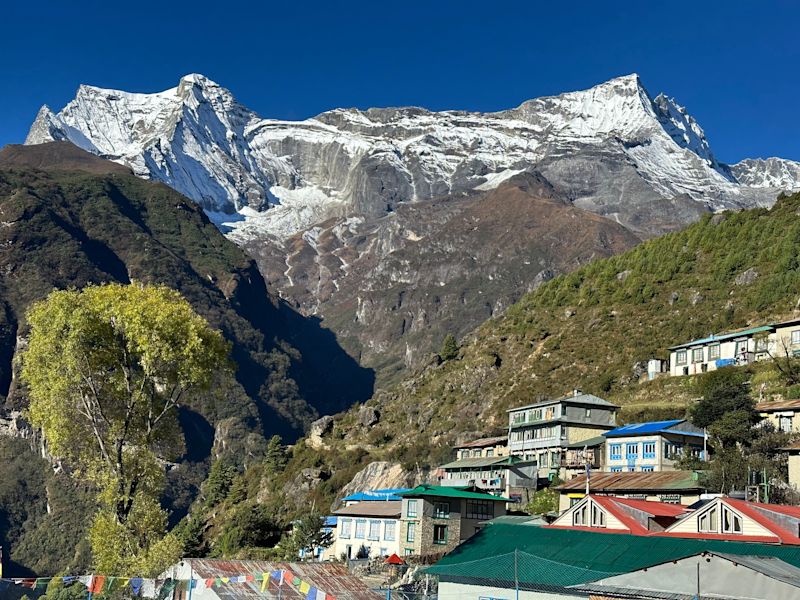
2. Climb high and sleep low
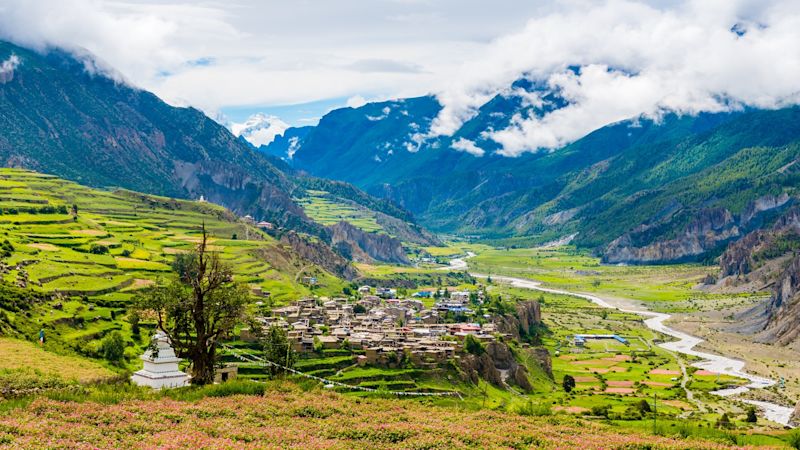
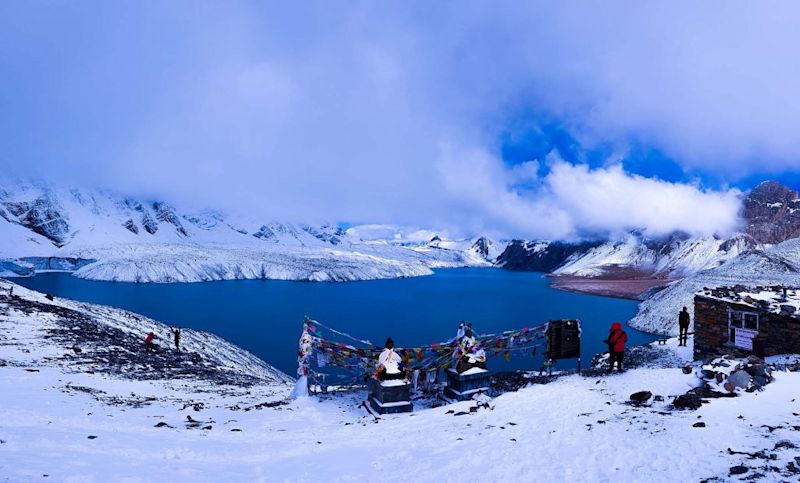
3. Stay hydrated

4. Eat well
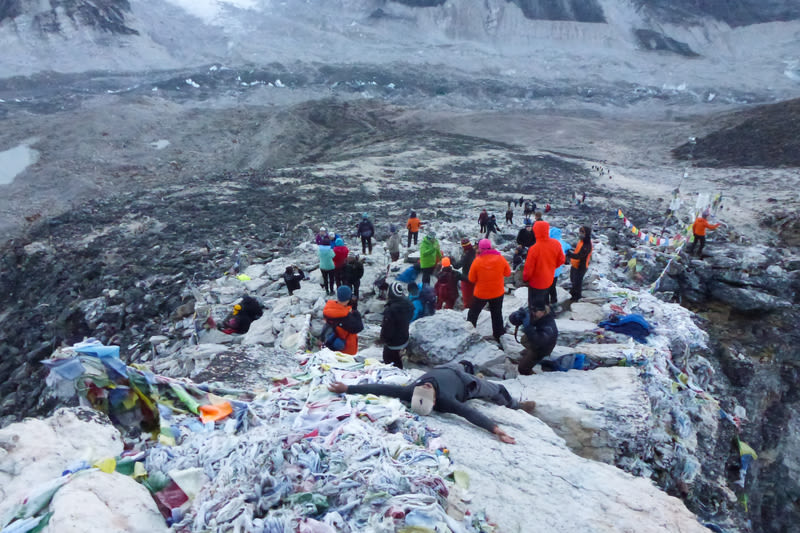
Carbohydrates are easier to digest and metabolise at high altitudes than fats or proteins.
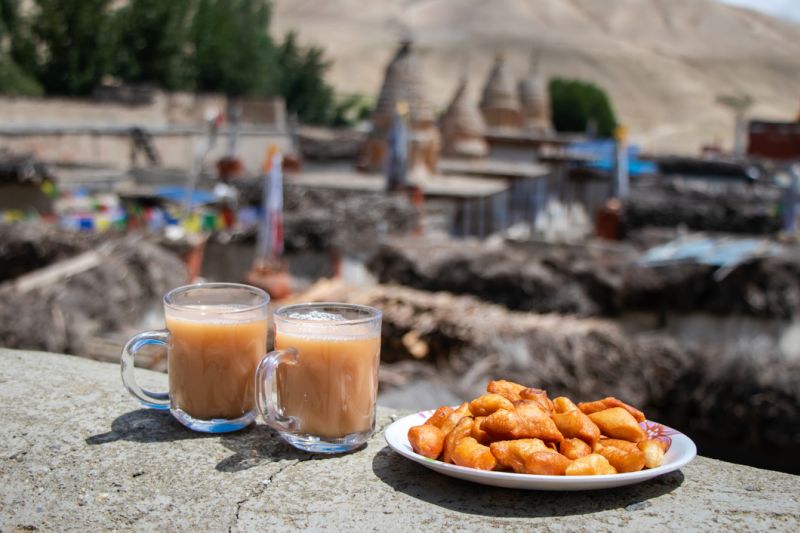
5. Avoid smoking, caffeine and alcohol
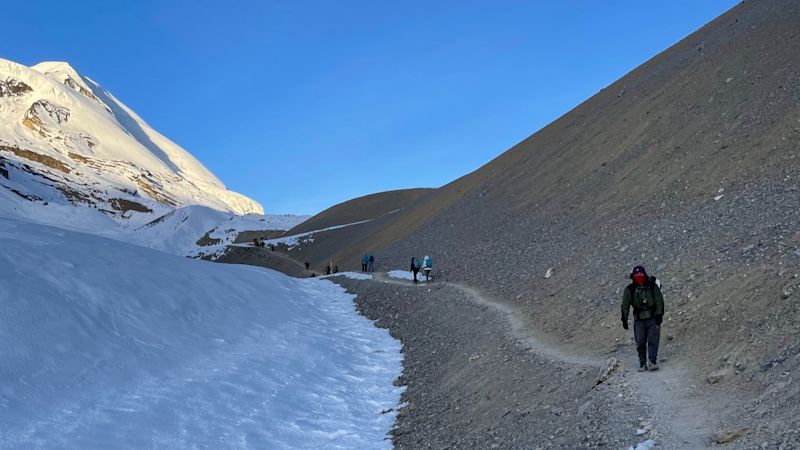
6. Take medication if necessary

7. Listen to your body and descend if necessary
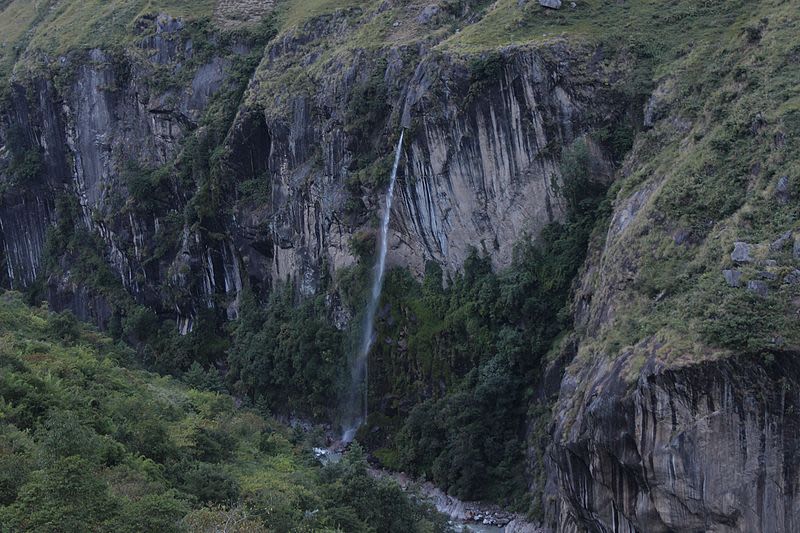

Enjoy your trek in Nepal
